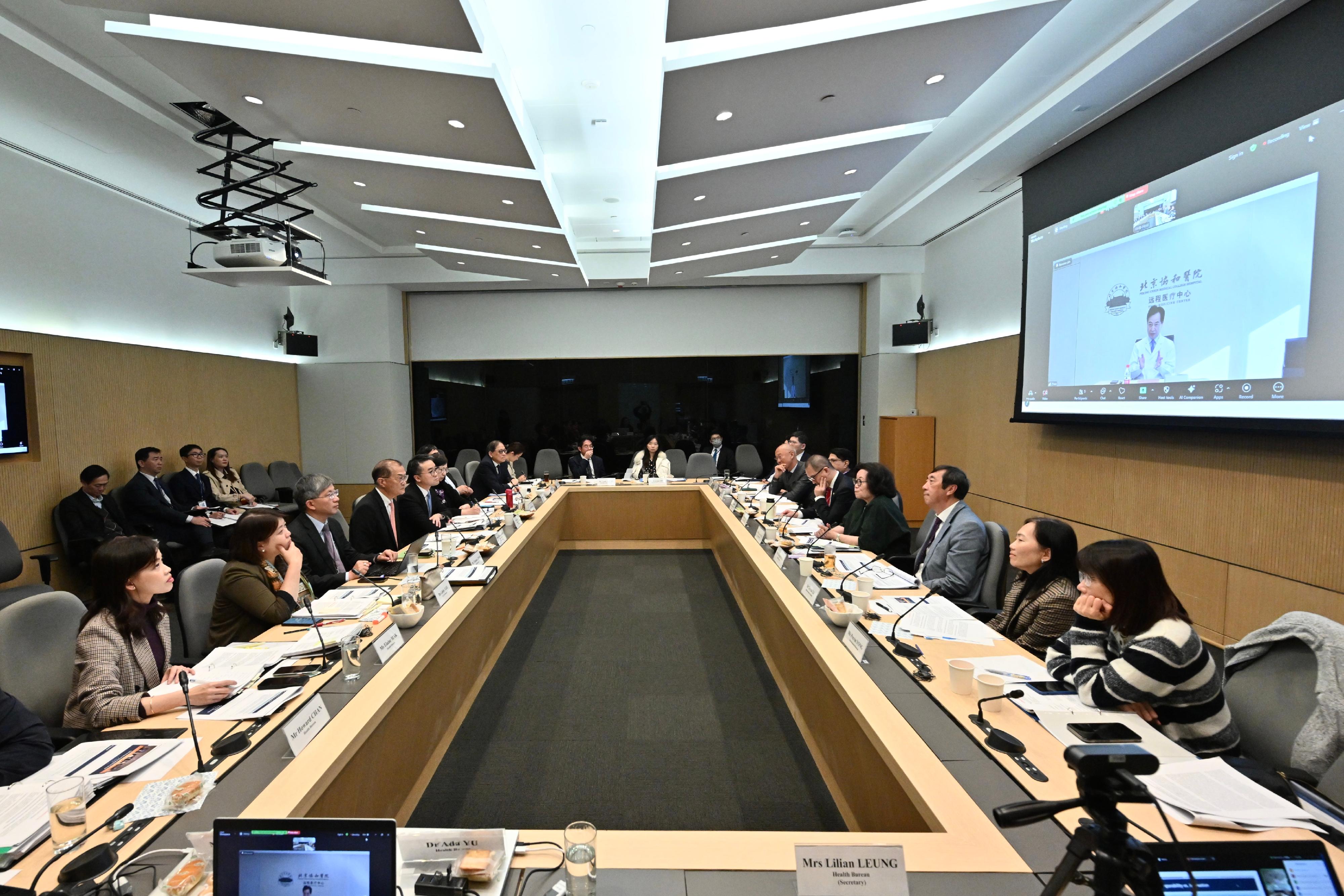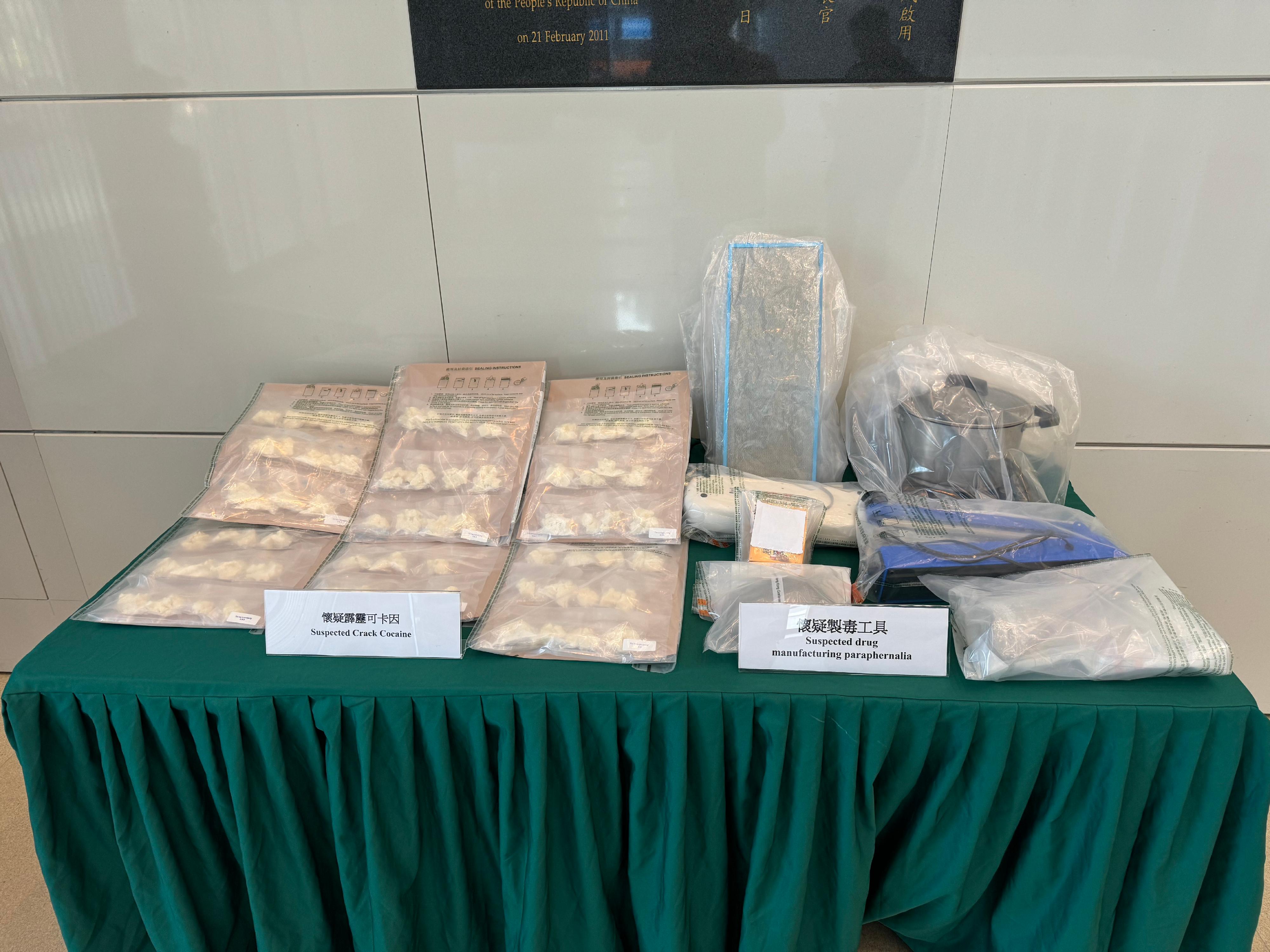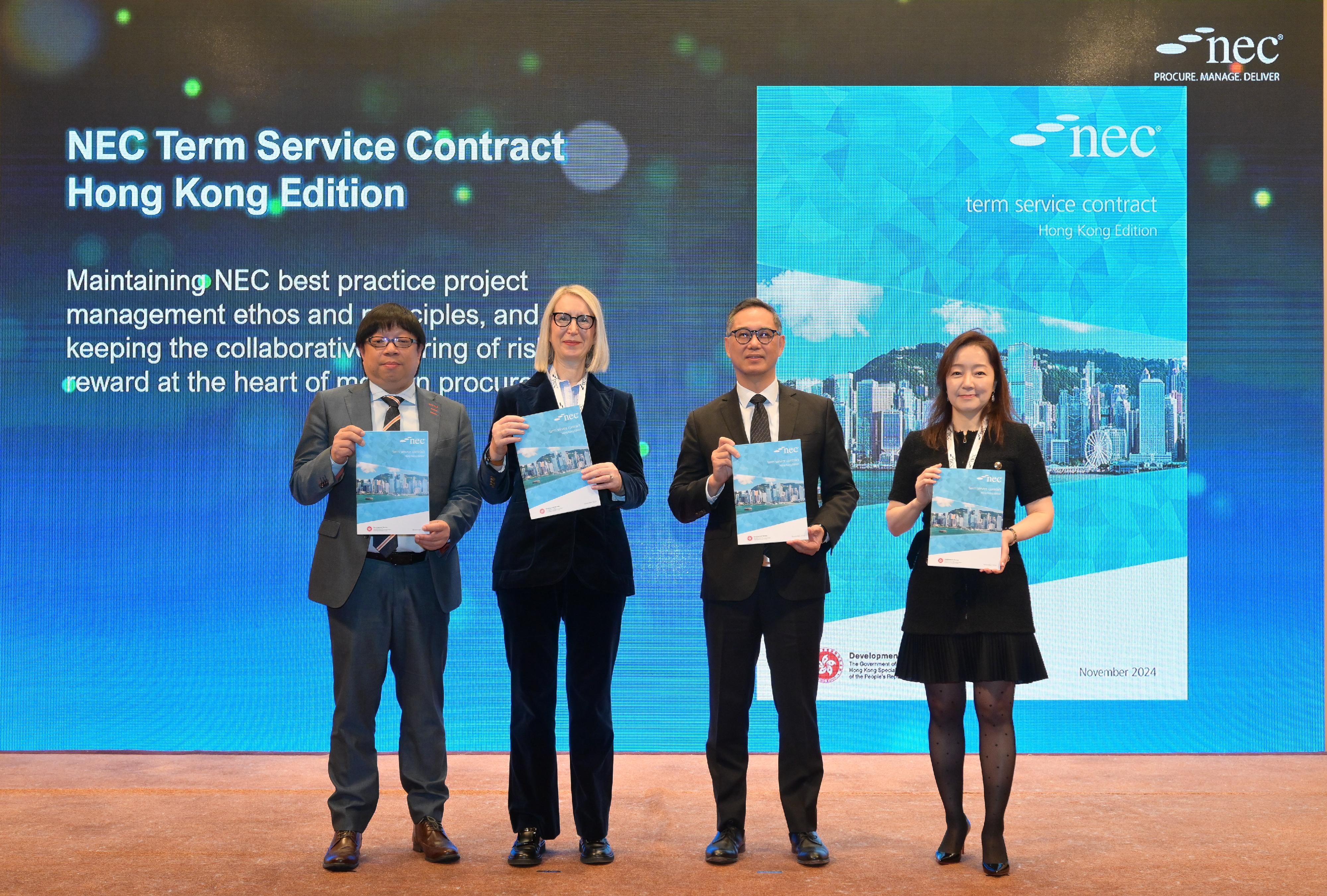Key Statistics on Business Performance and Operating Characteristics of the Transportation, Storage and Courier Services Sector in 2023
According to the results of the 2023 Annual Survey of Economic Activities – Transportation, Storage and Courier Services Sector released today (November 28) by the Census and Statistics Department (C&SD), total receipts (comprising business receipts and other income) of the transportation, storage and courier services sector amounted to $671.5 billion in 2023, representing a decrease of 12.0% compared with 2022; on a per establishment basis, total receipts decreased by 13.8% compared with 2022 to $24.2 million in 2023.
Operating expenses and compensation of employees of this sector altogether amounted to $561.5 billion in 2023, representing a decrease of 7.3% compared with 2022; on a per establishment basis, they decreased by 9.2% compared with 2022 to $20.3 million in 2023.
Gross surplus of the sector, which is equal to total receipts less operating expenses and compensation of employees, decreased by 30.2% compared with 2022 to $110.0 billion in 2023; on a per establishment basis, gross surplus decreased from $5.8 million in 2022 to $4.0 million in 2023. Gross surplus accounted for 16.4% of total receipts of this sector in 2023, down by 4.3 percentage points compared with 2022.
Industry value added of the sector, which is a measure of its contribution to Hong Kong’s Gross Domestic Product, decreased by 16.5% compared with 2022 to $176.3 billion in 2023; on a per establishment basis, industry value added was $6.4 million in 2023, which decreased by 18.3% compared with 2022.
According to the survey results, it was estimated that the sector comprised about 27 700 establishments and engaged about 206 100 persons, or an average of 7.4 persons per establishment, in 2023.
Within the transportation, storage and courier services sector, the five largest industry groupings in terms of industry value added in 2023 were (1) air transport and service activities incidental to air transportation, (2) cross-border water transport, (3) land passenger transport, (4) other transportation support activities, and (5) land freight transport. They together accounted for 85.3% of the industry value added of the sector.
In the air transport and service activities incidental to air transportation industry, total receipts amounted to $150.4 billion while operating expenses and compensation of employees totalled $115.3 billion in 2023. Gross surplus increased sharply from $14.0 billion in 2022 to $35.1 billion in 2023, accounting for 23.3% of total receipts in 2023. Industry value added also increased sharply by 87.1% compared with 2022 to $59.7 billion.
In the cross-border water transport industry, total receipts amounted to $136.9 billion while operating expenses and compensation of employees totalled $110.4 billion in 2023. Gross surplus decreased notably from $92.6 billion in 2022 to $26.5 billion in 2023, accounting for 19.4% of total receipts in 2023. Industry value added also decreased notably by 68.8% compared with 2022 to $29.3 billion.
In the land passenger transport industry, total receipts amounted to $55.7 billion while operating expenses and compensation of employees totalled $44.4 billion in 2023. Gross surplus increased considerably from $5.8 billion in 2022 to $11.3 billion in 2023, accounting for 20.3% of total receipts in 2023. Industry value added also increased considerably by 43.0% compared with 2022 to $28.9 billion.
In the other transportation support activities industry which comprised mainly cargo forwarders and shipbrokers, total receipts amounted to $228.0 billion while operating expenses and compensation of employees totalled $205.8 billion in 2023. Gross surplus decreased from $29.3 billion in 2022 to $22.2 billion in 2023, accounting for 9.7% of total receipts in 2023. Industry value added decreased by 19.1% compared with 2022 to $23.2 billion.
In the land freight transport industry, total receipts amounted to $22.9 billion while operating expenses and compensation of employees totalled $21.0 billion in 2023. Gross surplus decreased from $2.3 billion in 2022 to $1.9 billion in 2023, accounting for 8.3% of total receipts in 2023. Industry value added decreased slightly by 0.9% compared with 2022 to $9.3 billion.
Selected statistics for the transportation, storage and courier services sector are shown in the attached table.
More detailed survey results on the transportation, storage and courier services sector will be given in the report “Key Statistics on Business Performance and Operating Characteristics of the Transportation, Storage and Courier Services Sector in 2023”. Users can browse and download this report at the website of C&SD (www.censtatd.gov.hk/en/EIndexbySubject.html?pcode=B1080010&scode=340) as from end-December 2024.
For enquiries about the key statistics on business performance and operating characteristics of the transportation, storage and courier services sector, please contact the Logistics and Producer Prices Statistics Section of the C&SD (Tel: 3903 7256; email: transport@censtatd.gov.hk). read more




